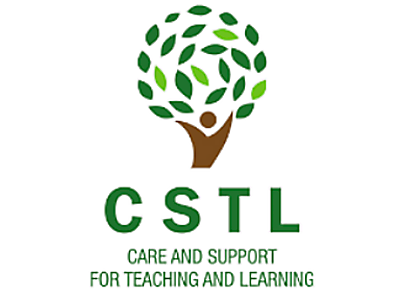Gender - a gender glossary
 Gender: A concept that refers to the roles and responsibilities of women/girls and men/boys that are defined in our families, our societies and our cultures, including what characteristics, aptitudes and behaviours are expected of each gender. These roles and expectations are learned, not biologically predetermined or fixed forever.
Gender: A concept that refers to the roles and responsibilities of women/girls and men/boys that are defined in our families, our societies and our cultures, including what characteristics, aptitudes and behaviours are expected of each gender. These roles and expectations are learned, not biologically predetermined or fixed forever.
Gender analysis, gender-based analysis: A way of looking at the impact of development on women and men. It requires separating data by sex and understanding how work is divided, valued and rewarded. It asks how a particular activity, decision or plan will affect men and women differently.
Gender audit: The analysis and evaluation of policies, programmes and institutions in terms of how they have made changes based on gender considerations and whether they succeed in meeting gender-related criteria.
Gender awareness: An understanding that there are socially and culturally determined differences between women/girls and men/boys based on learned behaviour, which affect their ability to access and control resources.
Gender blindness: The failure to recognise that the roles and responsibilities of men/ boys and women/girls are given to them in specific social, cultural, economic and political contexts and backgrounds, and that outcomes can be affected by gender. Gender discrimination: Denying opportunities and rights or giving preferential treatment to some people on the basis of their sex.
Gender equality: The absence of discrimination on the basis of a person’s sex, in terms of rights, responsibilities, opportunities and benefits.
Gender equity: The process of being fair to women and men in the distribution of resources and responsibilities. Increased gender equity leads to greater gender equality. (Note that there is no broad agreement on the distinction between “gender equity” and “gender equality”; sometimes, they are used interchangeably.)
Gender identity: An individual’s concept of their own self as male, female, both or neither. It can be the same as or different than their sex.
Gender mainstreaming: The process of assessing the implications for women/girls and men/boys of any planned action — including legislation, policies or programmes — in all areas and at all levels. This includes creating and sharing knowledge, awareness and responsibility for gender equality. It is also a strategy for including the concerns of girls/women and boys/men in the design, implementation, monitoring and evaluation of education policies and programmes so that girls and boys, women and men benefit equally.
Gender neutral: Having no positive or negative impact on women/girls or men/boys, and not showing or intending any bias towards women or men.
Gender parity in education: This concept is achieved when the percentage of boys compared to girls enrolled in the education system is the same as the percentage of boys compared to girls of the same age group in the community, region or country. This data is generally based on a count of students at the beginning of a school year. (Note that this narrow interpretation of gender parity in education does not consider other factors, including extended absences, the number of girls or boys who drop out during the year, how successful each person’s learning is, or the impact of other factors, such as gender mainstreaming in the classroom).
Gender responsive: This concept refers to planning and carrying out programmes, policies or activities in ways that consider the different needs of men/boys and women/girls and involve them in decision-making, participation and opportunities. This usually requires developing specific actions to bring about more equitable gender relationships, and it may require clearly targeted budget allocations.
Gender stereotype: A stereotype is an oversimplified positive or negative characteristic that is used to describe or label a group of people.
Gender stereotypes use roles, attitudes or behaviours to describe girls/women and boys/men differently. For example, girls/women might be expected to fill traditional roles, making it hard for them to reach their full potential.
Sign in to add your comment.
Shortcuts
RECOMMENDED
CSTLPULSE.africa is a community for every education stakeholder across SADC Member States. The content shared on the platform combines content originated from CSTL as well as third party content from partners, open sources, and our community. To understand our permission policy please refer to A Better Africa's privacy statement.
FutureLife-Now! Newsletter.
Click here to view some of the ideas and comments from the Teachers' mental health and well-being forum.
Thank you to all who attended the CSTL One Community - SADC Collaborates Conference on November 23rd and 24th, 2023. Click here to view all recordings and pdf documents of keynote speaker presentations.
Translation * Traduction * Tradução
Disclaimer: The team at CSTL Pulse has utilised an online automated translator. As a result parts of the French and Portuguese translation may not be completely correct.
Avis de non-responsabilité : l'équipe de CSTL Pulse a utilisé un traducteur automatisé en ligne. Par conséquent, certaines parties de la traduction française et portugaise peuvent ne pas être tout à fait correctes.
Isenção de responsabilidade: a equipe do CSTL Pulse utilizou um tradutor automático online. Como resultado, partes da tradução francesa e portuguesa podem não estar completamente corretas.




